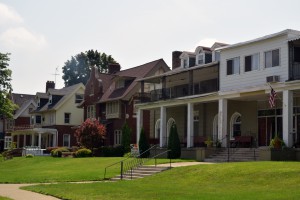“House prices have sufficiently recovered and foreclosure activities have sufficiently abated.”
That was the faulty argument made this past July to support a U.S. Senate proposal that would have rescinded federal Hardest Hit Funds – a critical source of funding for neighborhood stabilization efforts in communities hit hardest by the foreclosure crisis – in order to help pay for a multi-year federal transportation bill.
Thanks to the work of Michigan and Ohio lawmakers, the threat to rescind this funding was removed before the transportation bill ever hit the floor for a vote.
But the sentiment among some decision-makers remains, and sources of funding for neighborhood stabilization are in increasingly short supply. Far from being unnecessary, Hardest Hit Funds and other federal, state, and local sources of funding are still critical.
And new research shows that these investments pay off. To fully address the scale of vacant and abandoned properties in communities across the country, ongoing investment is sorely needed.
In order to see continued positive changes in our communities, leaders from the neighborhood level on up to the federal level must make stabilization and revitalization a priority – focusing the tools and resources already at hand, while simultaneously seeking out new and creative sources of support to fill the remaining gaps. And there are plenty of gaps.

